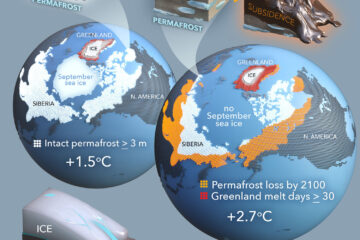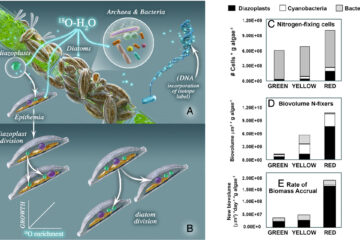Response of soil microbial communities to altered precipitation: A global synthesis
Climate change intensifies the hydrological cycle and consequently alters precipitation regimes. Accurately assessing future carbon (C) budgets depends on understanding the influence of altered precipitation on both aboveground C cycling and belowground processes. Our goal was to explore generalities and mechanisms of responses of soil microbial communities to altered precipitation and implications for C cycling in terrestrial ecosystems. Location Global. Time period 2001?2017. Major taxa studied Soil microbes. Methods We used the meta-analytical technique to synthesize data of 41 increased (IPPT) and 53 decreased precipitation (DPPT) studies from 65 publications worldwide. The data covered broad variations in climate, percentage of precipitation change, experimental duration and soil properties. Results The fungi to bacteria ratio did not show a water-tolerant shift, but the community compositions within the bacteria did. Microbial biomass showed a higher response to moderate IPPT than moderate DPPT, whereas it was more sensitive to extreme DPPT than extreme IPPT, suggesting that the responses of microbial biomass to altered precipitation are double asymmetric. However, such asymmetric responses of microbial biomass varied with climate humidity and soil texture: microbial biomass was more sensitive to IPPT at xeric sites than at mesic sites, whereas it was more responsive to DPPT in humid areas; microbial biomass in coarse-textured soils was more sensitive to altered precipitation than that in fine-textured soils. In addition, microbial response was positively correlated with the responses of aboveground/belowground plant biomass, soil respiration and organic C content. Main conclusions Our meta-analysis provides the first evidence that the asymmetric response of microbial biomass to altered precipitation varies with climate humidity and soil texture. Given the coordinated responses in the plant?soil?microorganism C continuum, our synthesis extends the double asymmetric model and provides a framework for understanding and modelling responses of ecosystem C cycling to global precipitation change.


